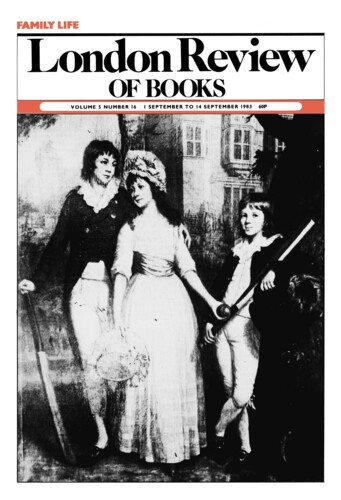David Lehmann
David Lehmann has edited and contributed to various books, including Agrarian Reform and Agrarian Reformism and Ecology and Exchange in the Andes.
Thanks be to God and to the Revolution
David Lehmann, 1 September 1983
The silhouette of Cesar Augusto Sandino, his hands clasped behind his back, his left foot pointing outwards, wearing high-laced army boots and a ten-gallon hat, is the universal emblem of Nicaragua’s revolutionary movement. In the 1920s Sandino led a prolonged guerrilla campaign against the US marines who had been occupying his country since 1912. The Marines withdrew, but left in their place a surrogate, the National Guard, whose commander, Somoza, had Sandino murdered after he had laid down his arms in 1934. Somoza seized power and kept it until he was shot in 1956. He was succeeded by his son, who was overthrown in the revolution of 1979 and killed later in Paraguay. The National Guard – the personal instrument of the Somoza dynasty and the chosen arm of the United States – behaved like an army of occupation right to the end. The end came on 19 July 1979 when the Frente Sandinista de Liberacion Nacional took over the government of Nicaragua.–
Pieces about David Lehmann in the LRB
Basismo
Anthony Pagden, 13 June 1991
Mexico, Mexicans sometimes say, is too far from God and too close to the United States of America. The same could be said of the whole of Latin America. Ever since the declaration of the Monroe...
Read anywhere with the London Review of Books app, available now from the App Store for Apple devices, Google Play for Android devices and Amazon for your Kindle Fire.
Sign up to our newsletter
For highlights from the latest issue, our archive and the blog, as well as news, events and exclusive promotions.


